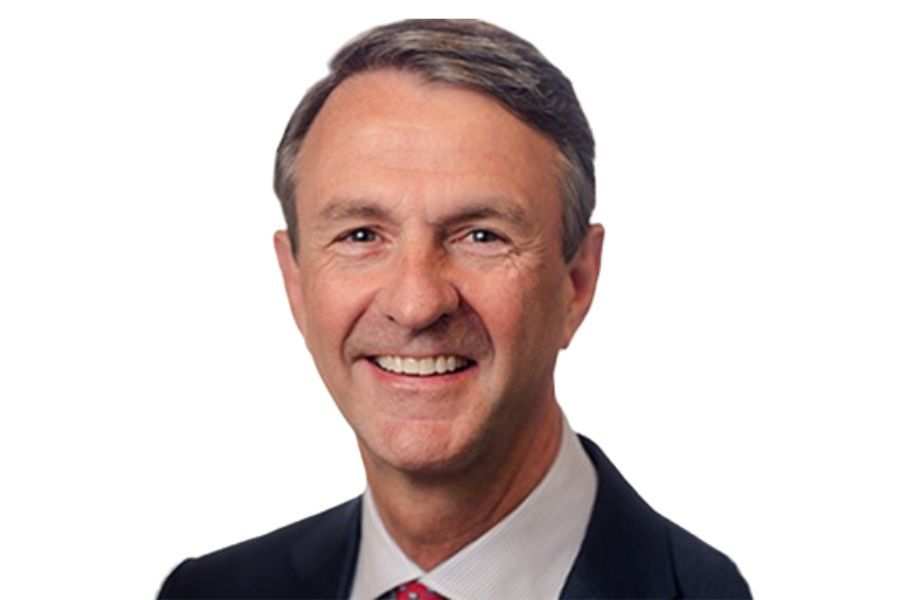With markets on a tear, advisers see strong year for charitable giving
As the U.S. heads into its peak annual giving season, Americans feel bombarded with donation requests, but on the whole, they are digging deeper. Financial advisers said their clients this year are more confident about their financial future and are willing to increase their donations, thanks in part to the stock market tear.
As the U.S. heads into its peak annual giving season, Americans feel bombarded with donation requests, but on the whole, they are digging deeper.
Financial advisers said their clients this year are more confident about their financial future and are willing to increase their donations, thanks in part to the stock market tear.
Philanthropic giving appears headed for a fourth year of single-digit growth in 2013. The BlackBaud Index, which tracks giving to more than 3,800 charities, shows a 4.4% increase for the first 10 months of this year, compared with the same period in 2012.
Even accounting for a boost in donations in late 2012 after Hurricane Sandy hit the East Coast, the total amount coming into charities this year should increase between 3.5% and 5% above the $316 billion total for giving last year, said Steve MacLaughlin, director of the Idea Lab for BlackBaud.
“There’s positive growth, though there’s still a slow return to pre-recession levels in terms of overall giving,” he said. Giving reached a high of $344 billion in 2007, according to Giving USA, which also tracks the annual total.
The S&P 500 stock index is up about 29% since the beginning of 2013, and that doesn’t hurt clients’ wealth comfort level as the year comes to a close.
“People are generally inclined to give because the market has done so well,” said Chris Roe, an executive wealth counselor for Waldron Wealth Management. “When people feel good about themselves, they want to give more to charity.”
Mr. Roe recommends that clients donate appreciated securities to avoid paying the capital gains tax on those investments. Some clients are using appreciated stocks to fund two to four years of gifts by putting the securities in donor-advised funds, an increasingly popular alternative to foundations.
Clients also are more concerned than ever about wanting their gifts to have an impact, Mr. Roe said.
“They don’t want to give it away to the operational black hole of a nonprofit,” he said.
One way to have more impact with a donation is to make it a “matching” or “incentive” gift that requires others to raise an equal or larger donation, Mr. Roe said.
Russ Conrad, chief executive of Princeton Equity Partners, works with business owners who had pretty much stopped giving to charity during the years of the recession and economic turbulence.
“Our client base just wasn’t giving because they didn’t know what was going to happen,” Mr. Conrad said. “But now they are much more confident about their future, even compared to a year and a half ago.”
His clients, who are worth an average $13 million, again are supporting religious organizations, colleges and other nonprofit organizations. They don’t respond to the constant stream of unsolicited donation requests because they worry about “giving to a charity that will spend 50 cents on the dollar on administrative costs,” Mr. Conrad said.
Increasingly, Mr. Conrad said he sees clients giving direct support to the community. For instance, in Nebraska, two clients teamed up to help a church that needed $80,000 for a roof.
One client called the other, who is a contractor, and said, “Let’s get this done,” he said.
Doug Famigletti, president of Griffin Asset Management, said most of his clients continued to be steady givers even through the tougher times. Today, some of them complain about getting “bombarded” with different pitches.
The firm helps their clients figure out how much they can afford to give and recommends the best methods.
This year, appreciated stock is certainly a favorite gift, Mr. Famigletti said.
Learn more about reprints and licensing for this article.








